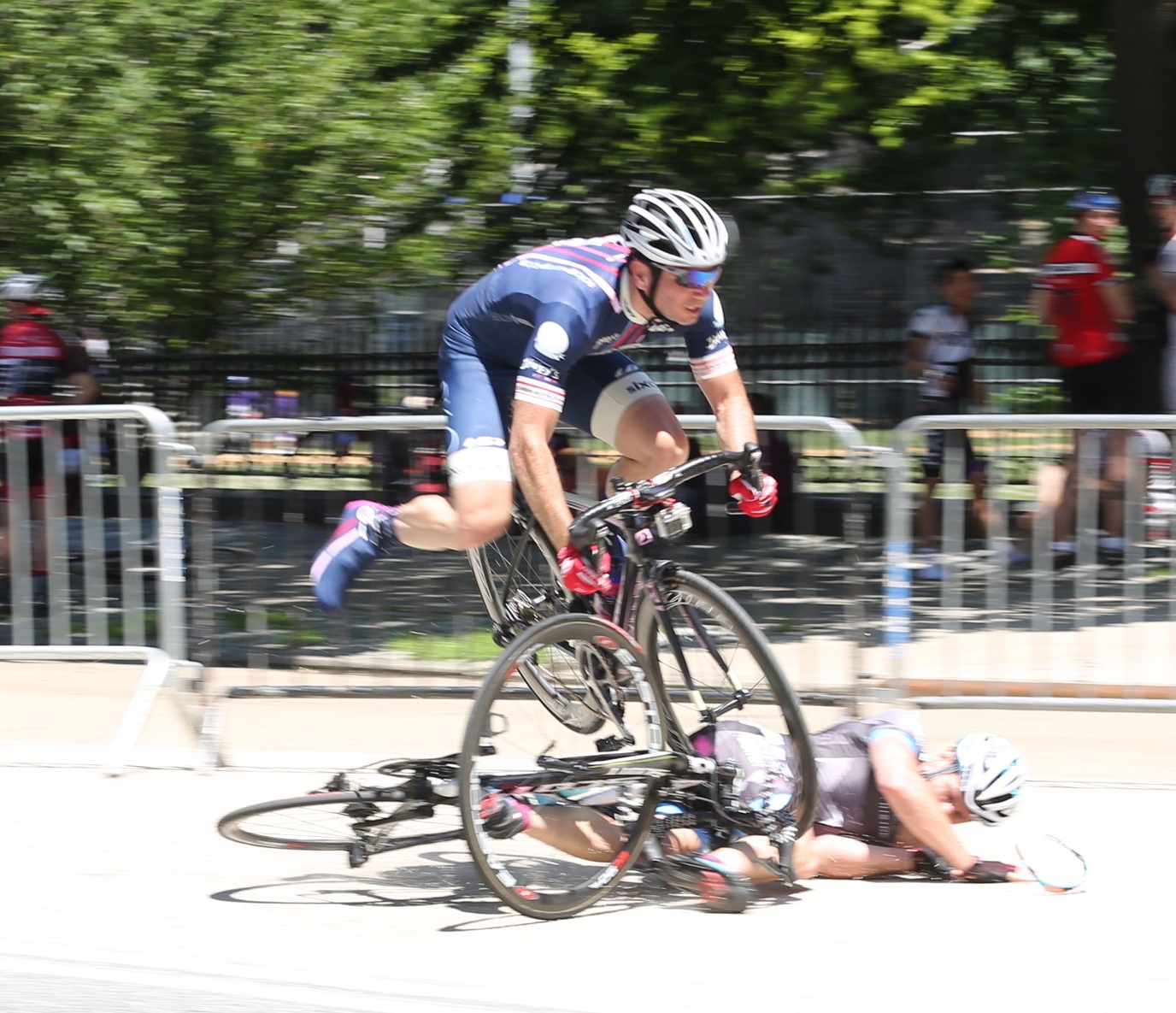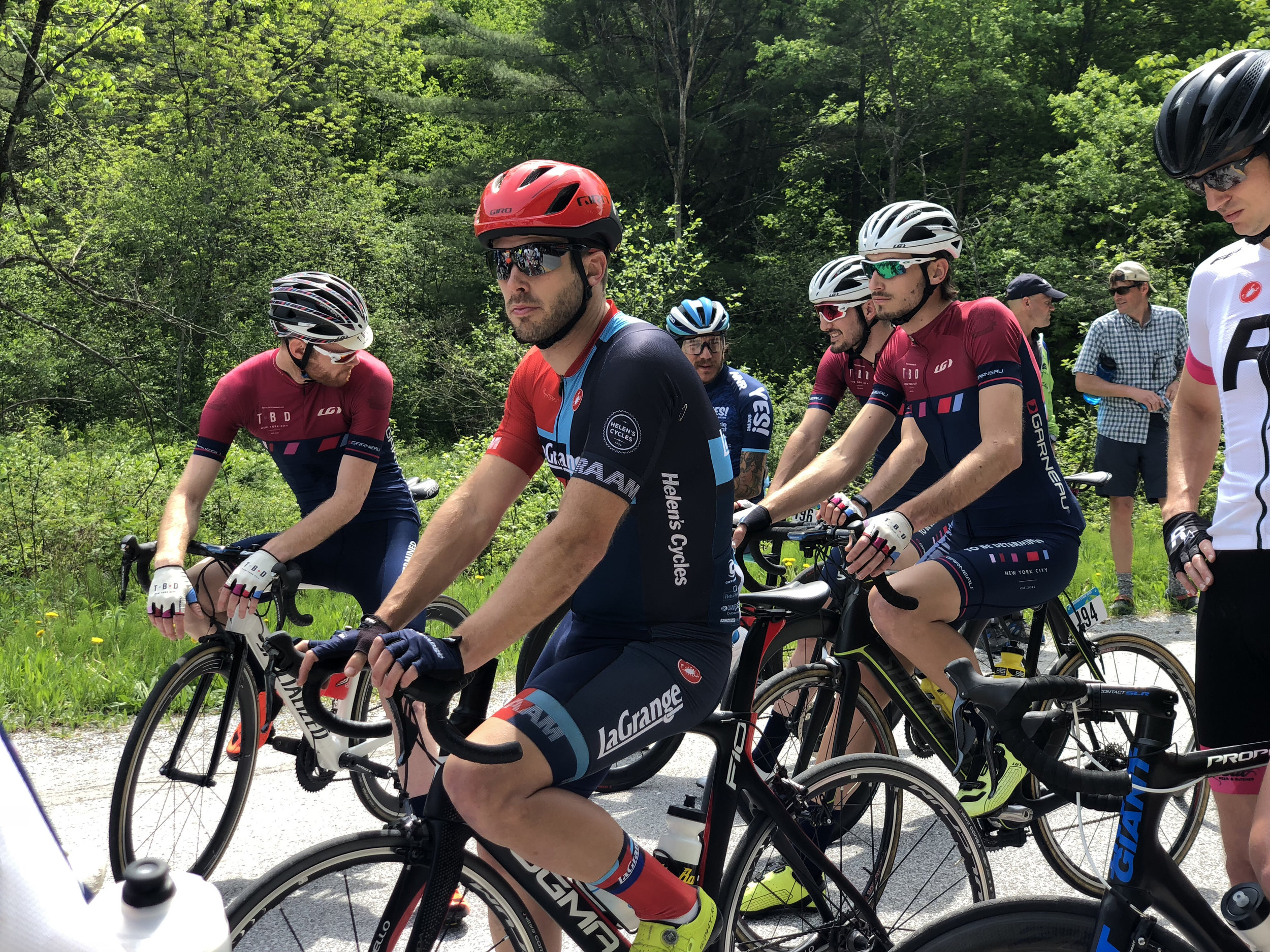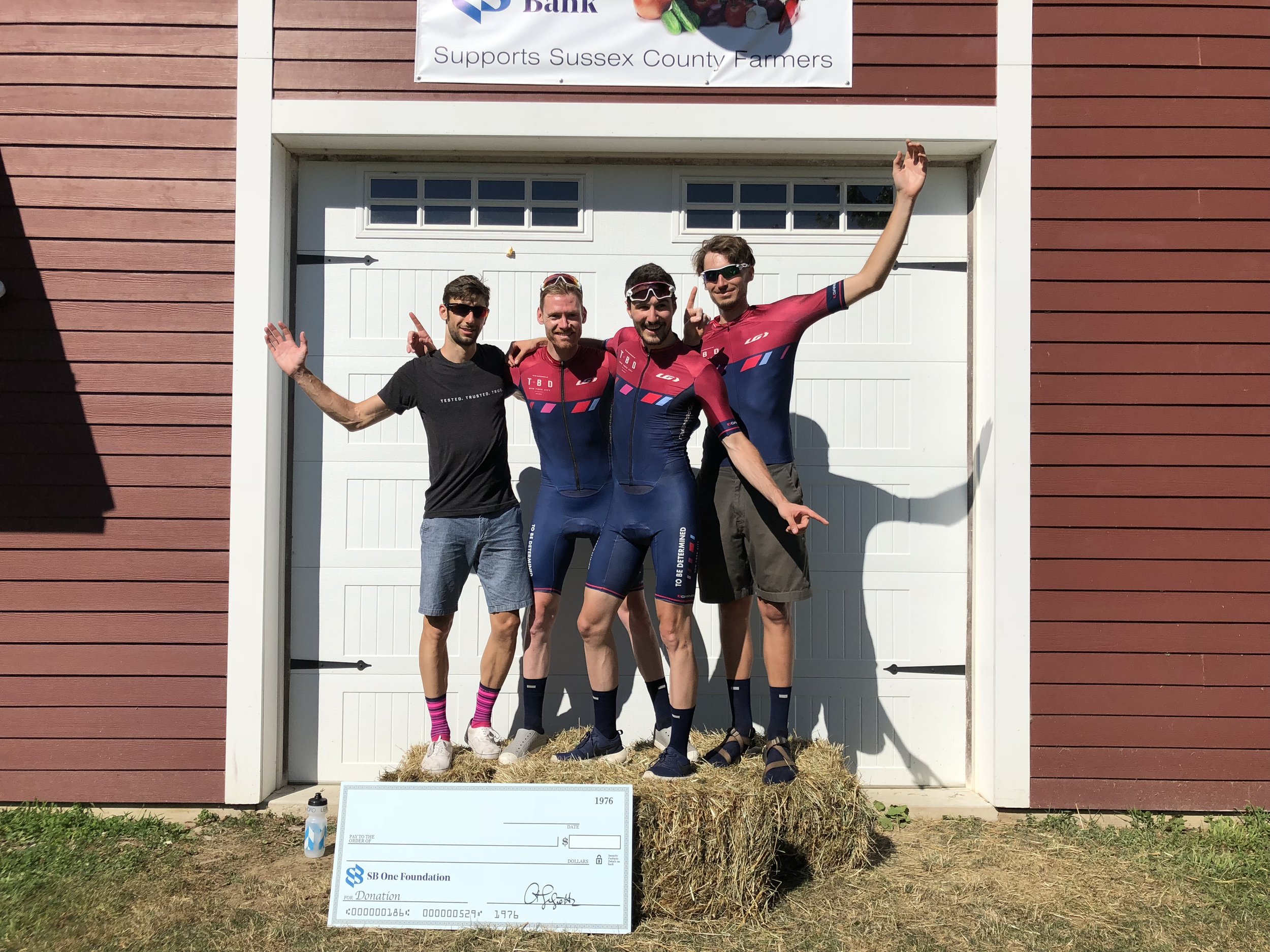How to Deal With Road Rash

This isn't a visual post filled with our usual photography and vibrant images, rather this is a matter-of-fact, to-the-point, informative and useful post (or so we hope). We'll do our best to keep things light as you're likely reading this with a wince due to unfortunate circumstances.
It is important to note that this is not medical advice, and we are by no means qualified to replace your doctor or local CityMD. However, we are bike racers who have crashed and paid our dues; so what we can offer is some advice to quickly minimize the effects of road rash and get you back on the bike.
Useful, non-required, but entirely mandatory First-Aid kit starter list:
Tegaderm (magic) bandages;
Hibiclens (antispectic/antimicrobial skin cleanser);
Gauze Pads in various sizes;
Non stick pads in various sizes;
Bandages in various sizes. Do yourself a favor and buy the heavy duty ones;
Stretch Net;
Antibiotic ointment;
Medical Tape;
Medical cleaning wipes (or go old-school with hydrogen peroxide); and
A significant other (similarly, a very attentive roommate). These will be extremely useful in the cleaning phase and the recovery phase.
The following is a succinct, step-by-step guide to start your treatment:
Crash your bicycle. (sad emoji)
Assess the damage. There will most likely be skin missing, but this is the last item on a race doctor's checklist. Where was the impact sustained? Is your helmet intact? Splash your wounds with (clean) water if readily available. If everything is still working, move to step 3.
Check your bike. Make sure your bars and saddle are pointing in the right direction and check for impact damage to your bike and wheels. But we won't dwell on your bike as this post is focused on the mortals.
(a) Get home; (b) if your wounds are serious enough, to an urgent care facility, or to a Hospital if absolutely necessary.
System Check #2. How is everything feeling? If you are confident your only injury is road rash, proceed to step 6. If you suspect additional, more serious injury, revert to step 4(b).
Get in the shower. Clean your wounds with Hibiclens antiseptic/microbial soap and water, be gentle, it will sting. A word for the wise, no additional scrubbing is needed to clean your wounds. If there is debris embedded in the wound, you may want to seek medical assistance. Ensure you've cleaned each open wound as it will greatly reduce your chance of infection. Your anguish now will pay dividends in the form of a speedier recovery time.
Get out of the shower. Pat yourself dry around the affected areas, and make sure the skin around the wounds is dry enough for adhesive to stick to.
Clean, again. Using a q-tip, apply an antibiotic ointment to the wounds. Do not let these suckers dry out! Keeping your wounds moist will keep the healing process moving quickly.
Bandage time. Refer to the aforementioned list of "mandatory" items, for our preferred types of dressings. If your wounds are deep and will seep (yep it's gross, but get over it now), use a non-stick pad against the skin and a gauze pad above that. Remember to take gravity into account and apply more gauze towards the bottom! Secure the bandages with medical tape, and our favorite for elbows and knees, stretch net. If the wounds are mild and not terribly deep, apply a Tegaderm bandage and secure it with an additional Band-Aid type bandage (this really helps to keep clothes clean). For these type of bandages, ensure that they extend at least a finger's width beyond the edge of the wound. This will ensure they stay in place and easy to deal with later.
Rest. Chill out, have a beer. Unless you get paid to ride your bike (high-five), it might be best to take a day or two off. Put your feet up, hydrate and eat well! You won't lose all of your hard-earned form with a short break from the bike.
For the full story of this image, including video, head over to the team's write-up of the 2014 Harlem Criterium: Harlem Criterium Race Report
In the days following your crash, change your bandages as necessary. The beauty of Tegaderm, is that it seals up the wound and allows the healing process to work its magic under a pseudo layer of skin, and can therefore be left alone for a few days. If you feel the wounds drying out, reapply ointment and apply fresh bandages. Don't reuse bandages, that's just gross.
When you resume training, or just need a shower like a hygienic member of society does, keep the wounds covered and the current dressings in place. Some waterproof bandages should be fine to leave in place post shower, but if any are looking a little rough around the edges, repeat steps 7 through 9.
You may have heard that road rash should be aired out, just don't do it. Keeping the wounds wet will keep the healing process going strong. When they dry out and become scabbed over, the road rash will heal at a much slower rate. It may be annoying to maintain bandages for a week or so, but trust us, it's worth it. Your body will heal better, and with less chance of scarring. Importantly, keep your fresh wounds covered in the sun for several weeks after your crash. Fresh skin is super sensitive to UV rays and is very prone to sunburns (which would further add to your pain).
And there you have it, our comprehensive, non-medical expert advice for healing large patches of skin following a crash. Heal up quick and enjoy the ride!






